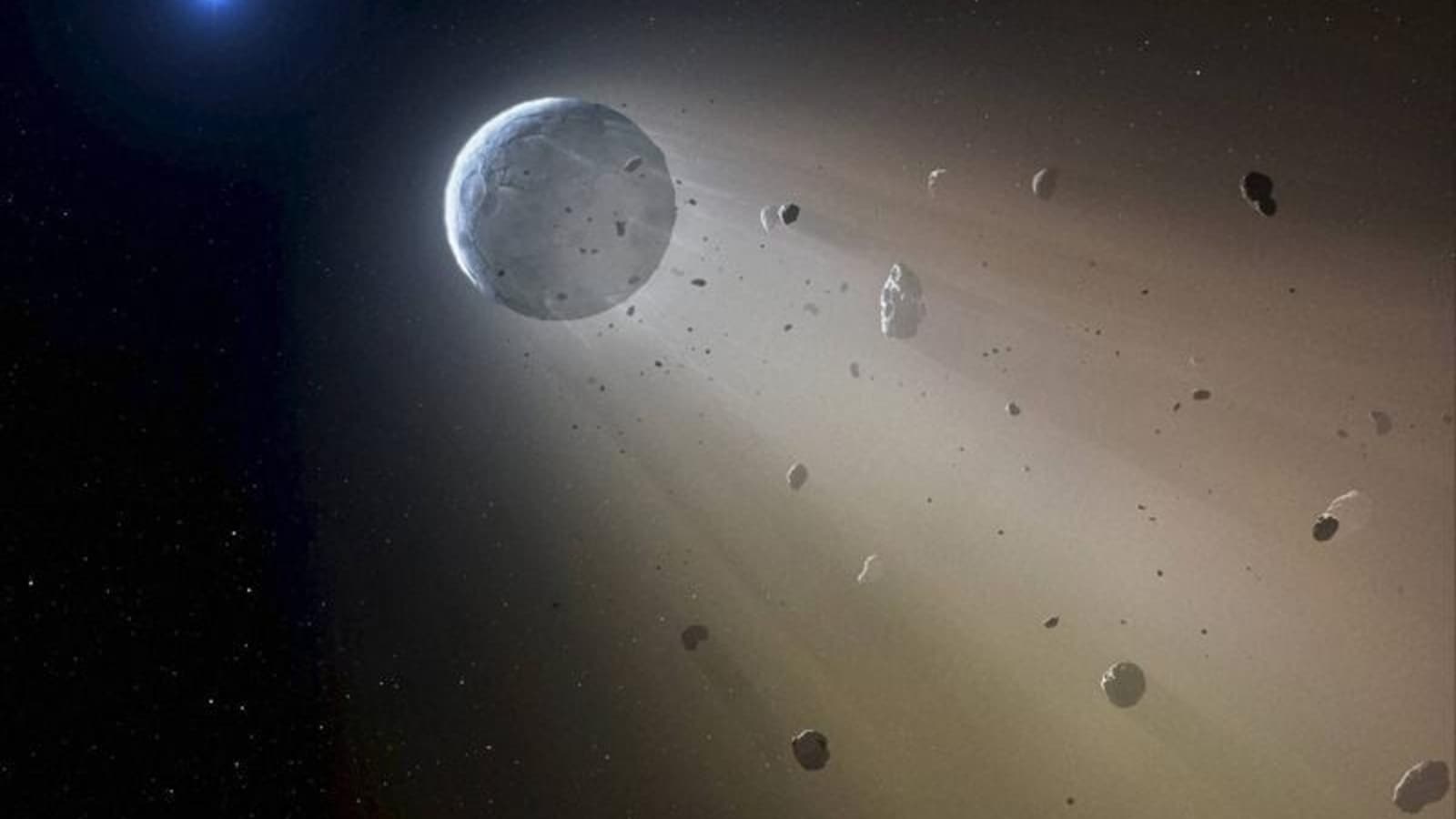
A dying star, also known as a white dwarf, killed the planets that surrounded it! For perspective, think of our sun and its planets!
A dying star tore an entire planetary system apart, scientists reveal. Dubbed G238-44, this white dwarf is disrupting an entire planetary system by consuming the rocky metallic and icy material. This cosmic phenomenon, known as cosmic cannibalism, was first observed using archival data from the Hubble Space Telescope and other NASA observatories. The astronomers gathered the results based on the analysis of material captured from the white dwarf’s atmosphere. A white dwarf is usually very dense and about the size of a planet. It forms when a low-mass star has used up most of its nuclear fuel and expands, leaving only a white dwarf.
“Life as we know it requires a rocky planet covered with a variety of elements such as carbon, nitrogen and oxygen,” said Benjamin Zuckerman, co-author of the study. He added that the abundance of elements seen on the white dwarf appears like a rocky and elusive parent body. He called it “the first example we have found among studies of hundreds of white dwarfs.”
The results also show that our Sun could undergo this process and become a red giant in about five billion years before engulfing nearby planets. It will lose its outer layers and form a “nebula”. Only a pitiful shell of its former glory will remain — a white dwarf.










